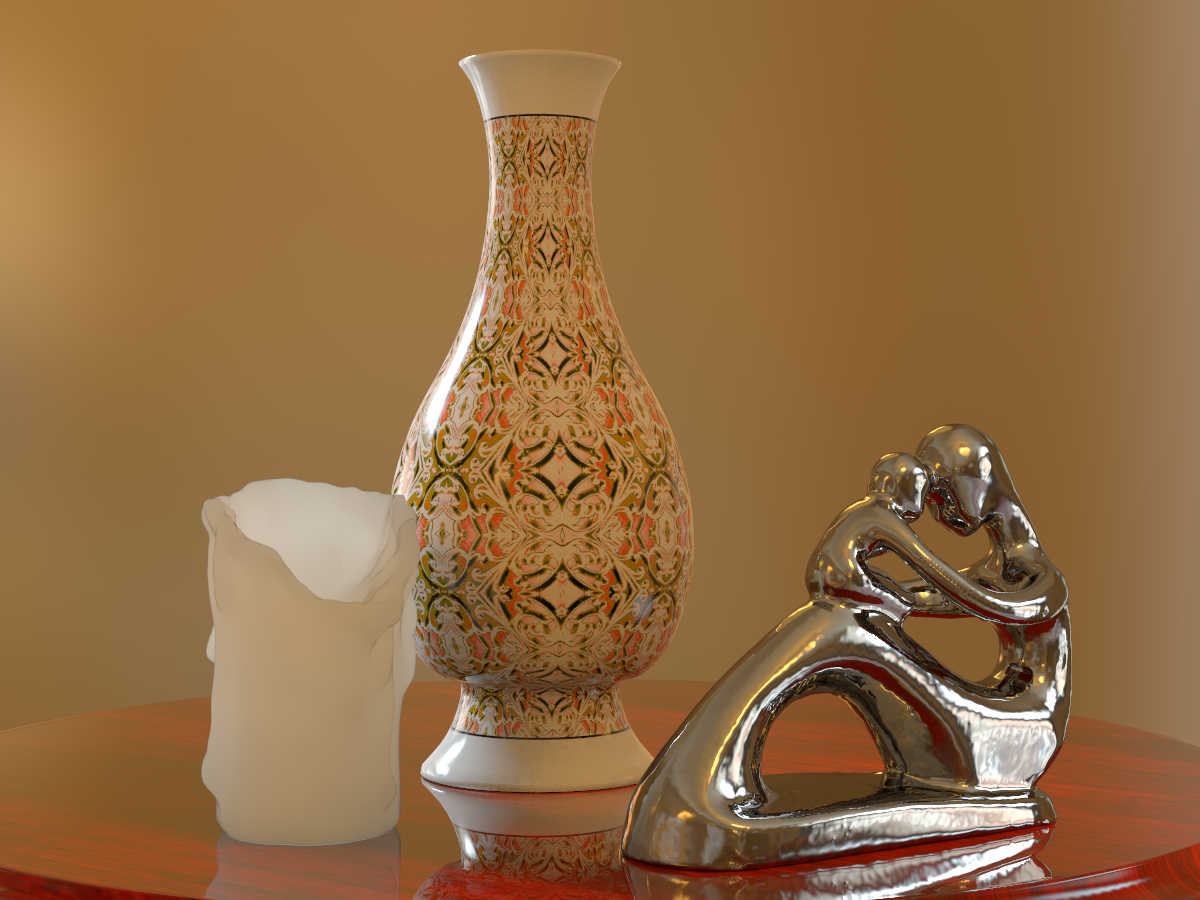A Fourier Theory for Cast Shadows
Abstract
Cast shadows can be significant in many computer vision applications such as lighting-insensitive recognition and surface reconstruction. However, most algorithms neglect them, primarily because they involve non-local interactions in non-convex regions, making formal analysis difficult. While general cast shadowing situations can be arbitrarily complex, many real instances map closely to canonical configurations like a wall, a V-groove type structure, or a pitted surface. In particular, we experiment on 3D textures like moss, gravel and a kitchen sponge, whose surfaces include canonical cast shadowing situations like V-grooves. This paper shows theoretically that many shadowing configurations can be mathemat- ically analyzed using convolutions and Fourier basis functions. Our analysis exposes the mathematical convolution structure of cast shadows, and shows strong connections to recently developed signal-processing frameworks for reflection and illumination. An analytic convolution formula is derived for a 2D V-groove, which is shown to correspond closely to many common shadowing situations, especially in 3D textures. Numerical simulation is used to extend these results to general 3D textures. These results also provide evidence that a common set of illumination basis functions may be appropriate for representing lighting variability due to cast shadows in many 3D textures. We derive a new analytic basis suited for 3D textures to represent illumination on the hemisphere, with some advantages over commonly used Zernike polynomials and spherical harmonics. New experiments on analyzing the variability in appearance of real 3D textures with illumination motivate and validate our theoretical analysis. Empirical results show that illumination eigenfunctions often correspond closely to Fourier bases, while the eigenvalues drop off significantly slower than those for irradiance on a Lambertian curved surface. These new empirical results are explained in this paper, based on our theory.
Citation
Ravi Ramamoorthi, Melissa Koudelka, and Peter Belhumeur. "A Fourier Theory for Cast Shadows". In ECCV, 2004.









